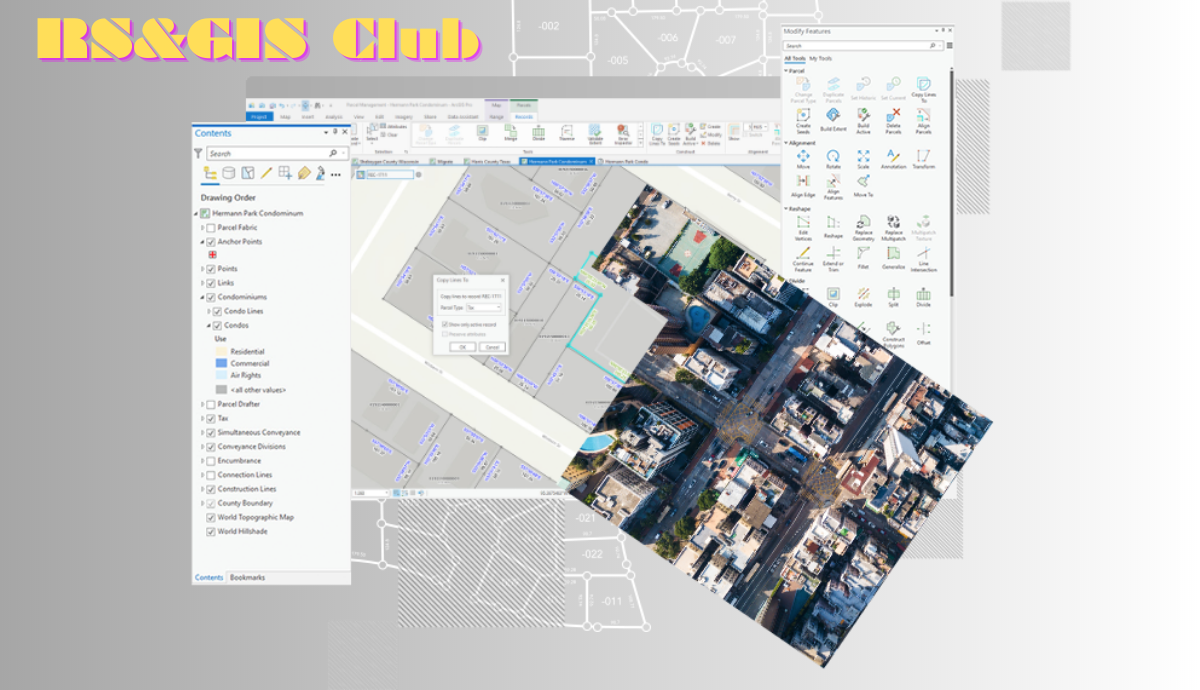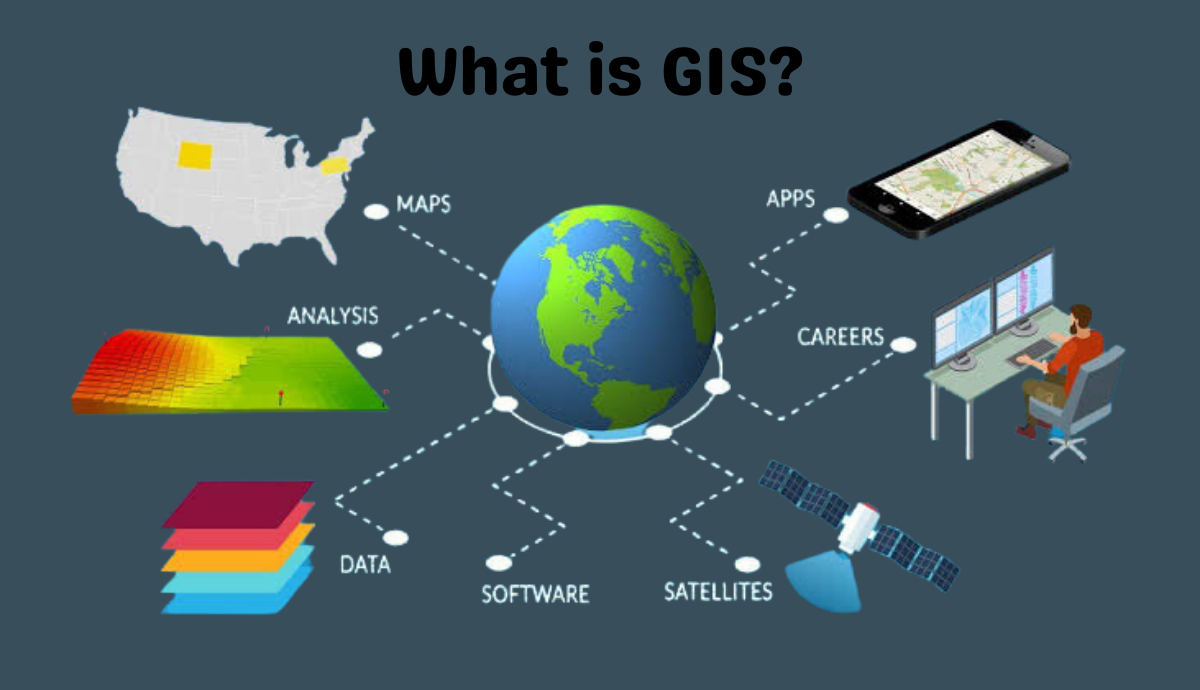Understanding the Differences Between a Database and a Spatial Database
A database is an organized collection of data that is stored and accessed electronically. It is designed to store and manage large amounts of information efficiently, and provide fast...
The Power of Mapping: How GIS Technology is Transforming Real Estate Analysis and Development
Urban planning and development are complex processes that involve many different factors, such as land use, transportation networks, environmental impacts, and social and economic considerations. Geospatial analysis provides a...
Geospatial Analysis in Urban Planning: Tools for Creating Livable, Sustainable, and Equitable Cities
Urban planning and development are complex processes that involve many different factors, such as land use, transportation networks, environmental impacts, and social and economic considerations. Geospatial analysis provides a...
Understanding GIS: Components and Applications
GIS stands for Geographic Information System, which is a computer-based system designed to capture, store, analyze, manage and display spatial or geographic data. GIS combines hardware, software, and data...




